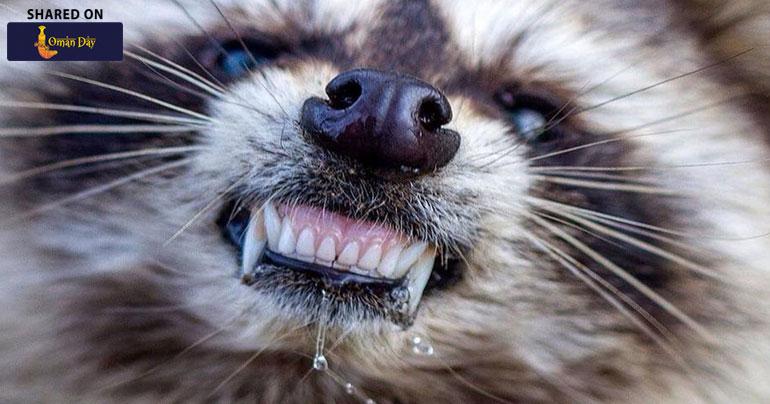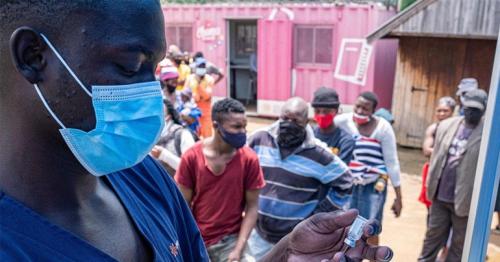Meet Mr. Bandit Raccoon; The bizzare attack on Ohio resident
Robert Coggeshall was playing with his beagles outside his Youngstown, Ohio, house around noon Friday when he saw the raccoon.
The 72-year-old pushed his dogs inside as the raccoon fearlessly made its way right up to the glass door, and for a few moments, the animals sat face to face, fascinated with one another.
Coggeshall thought something was wrong with the raccoon, since it was out in broad daylight. What came next confirmed that. As Coggeshall left his garage to try to shoo the animal away, the raccoon stood up on its hind feet and flashed its sharp, white teeth and pink gums. Saliva dripped from its mouth.
Suddenly, it collapsed into a comatose-like state, Coggeshall said. It soon awoke from its lethargy, walked around for a bit, then got back up on its hind feet again.
For two hours Coggeshall, a wildlife photographer and naturalist, watched the raccoon repeat the bizarre pattern over and over again. He took about 250 photos of the raccoon, which Youngstown police say is one of more than a dozen oddly behaving raccoons reported in the Youngstown area over the past three weeks.
Residents told police the behavior was strange, and have noted how the raccoons are out during the day and unafraid of loud noises or motions that would typically frighten them, according to WKBN-TV.

The raccoons’ behavior is so unsettling to some residents that they likened the animals to zombies, prompting headlines such as, ”Zombie Raccoons’ Are Traumatizing an Ohio Town” from Vice, which describe the raccoons as “staggering around like extras in a George Romero movie.”
The Ohio Department of Natural Resources said the raccoons are likely infected with a disease called distemper, according to WKBN-TV. The viral, sometimes fatal, disease typically infects unvaccinated domestic dogs but can also infect foxes, coyotes and skunks. In 2003, the first known tiger reported to be infected with distemper wandered into the town of Pokrovka, Russia, and sat down, unfazed by the stimuli surrounding her, according to National Geographic.
It does not affect humans, according to the Oregon Department of Fish and Wildlife.
Distemper can cause brain damage, which is what likely leads to the raccoons’ fearless behavior around humans. The disease also causes respiratory disease, seizures, immobility and death, according to National Geographic.
Among raccoons, an outbreak of the disease is most likely to occur in large or concentrated populations, and can run in cycles of five to seven years, according to the Oregon Department of Fish and Wildlife. The disease is spread when animals come into contact with the body fluids or droppings of an infected animal. While distemper is not the same as rabies, some of the symptoms are similar.
“Raccoons are really prone to getting diseases that even among themselves can be devastating to the population,” Geoff Westerfield, a wildlife biologist with the Ohio Department of Natural Resources’ Division of Wildlife, told WKBN-TV.
The disease, he said, stays local and eventually dies off. But to do that, the diseased animals often need to be trapped. Police told WKBN-TV that the 14 infected raccoons, in addition to the one in Coggeshall’s yard, have been put down.
While Coggeshall said he understands the raccoon’s death was necessary, he said he still feels a little bad for it.
“I hate to see an animal suffer. I really do,” Coggeshall told The Washington Post. “It really bothers me to see them put down like that. But something had to be done.”
Share This Post






